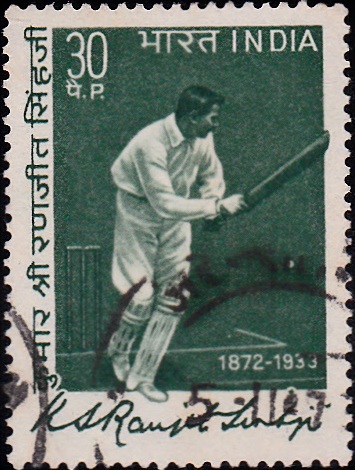
K. S. Ranjitsinhji
A commemorative postage stamp on Jam Saheb Shri Sir Ranjit Sinhji (Ranji), ruler of Indian princely state of Nawanagar (1907-33), a noted Test cricketer played for English cricket team [a part of the series ‘Personalities Stamps Series‘] :
 Issued by India
Issued by India
Issued on Sep 27, 1973
Issued for : The P & T Department have much pleasure in dedicating this stamp in the memory of this remarkable cricketer, to the lovers of cricket all over the world.
Type : Stamp, Postal Used
Colour : Olive Green
Denomination : 30 Paise
Overall size : 3.91 x 2.90 cms.
Printing size : 3.56 x 2.54 cms.
Perforation : 13 x 13
Watermark : Printed on unwatermarked Adhesive Stamp paper on reels
Quantity printed : 1.5 Million
Number per issue sheet : 35
Printing Process : Photogravure process
Designed and Printed at : India Security Press, Nasik Road
Name : H.H. Jam Saheb Shri Sir Ranjitsinhji Vibhaji of Nawanagar
Born on Sep 10, 1872 at Sadodar, Kathiawar, British India [now Gujarat]
Died on Apr 2, 1933 at Jamnagar Palace, British India [now Gujarat]
About :
- A.G. Gardiner described Col. His Highness Sir Ranjitsinhji Vibhaji, Maharaja Jamsaheb of Nawanagar – to use his full name and title – but ‘Ranji’ to all those who follow the game of cricket.
- K.S. Ranjitsinhji was born on September 10, 1872, in Sarodar, a small village near Jamnagar in Kathiawad. At eight he was sent to the Rajkumar College at Rajkot, a Public school for the Chiefs and Princes of Kathiawad. After finishing school, Ranji went to England in 1888. The following year he went up to Cambridge.
- To obtain his Cricket “Blue” however, he had to wait till 1893, his last year at the University.
- Ranji’s first-class cricket career in England spread over a period of 27 years. In addition to playing for England in England, Ranji toured Australia in 1897-98.
- In an era which is called the Golden Age of Cricket, Ranji was first in the Season’s average in 1896, 1900 and 1904, second in 1902 and 1903, third in 1899 and 1901, fourth in 1895 and fifth in 1897. In all Ranji scored 72 centuries in first-class cricket, two of which were in Test Matches against Australia. He aggregated 24,692 runs with an average of 56.37 runs. His highest score was 285.
- Sir Neville Cardus writes : “Cricketers will never see the like of Ranjitsinhji. He was entirely original. There is nothing in all the history and development of batsmanship with which we can compare him….The honest length ball was not met with honest straight bat, but there was a flick of wrist, and lo; the straight ball was charmed away to leg boundary with the speed of thought. Bowlers stood transfixed; this leg-glance was Ranji’s own stroke.”
- Ranjitsinhji had a wide range of interests. He was a very well-read man. He wrote a book on cricket called the “Jubilee Book of Cricket”. This is still regarded as one of the classics in the literature on the technique of the game. A shooting accident in England in 1915 in which when he lost his right eye brought an end to his brilliant cricketing career. He died on April 2, 1933.


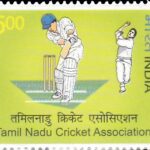
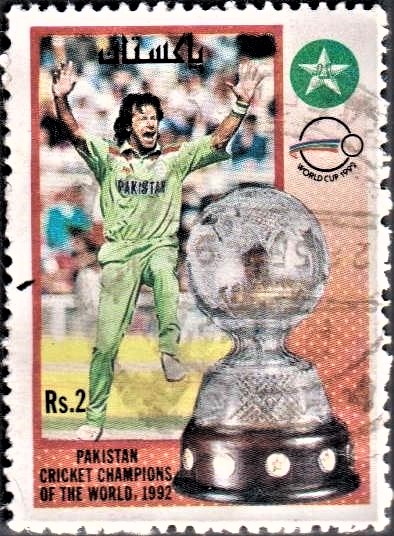
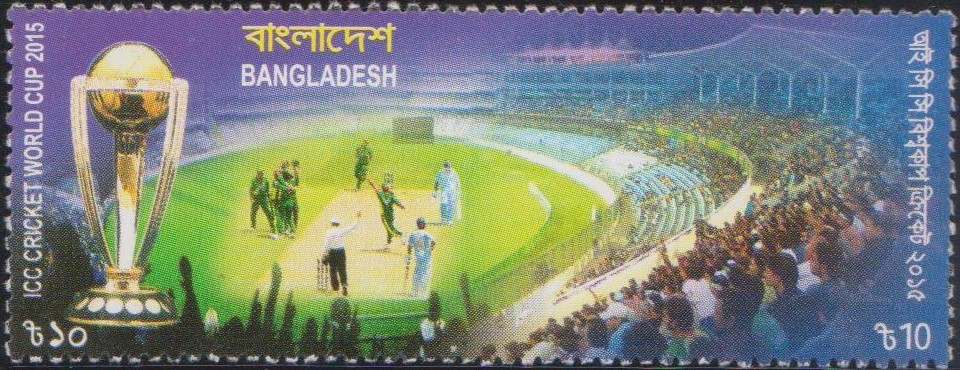
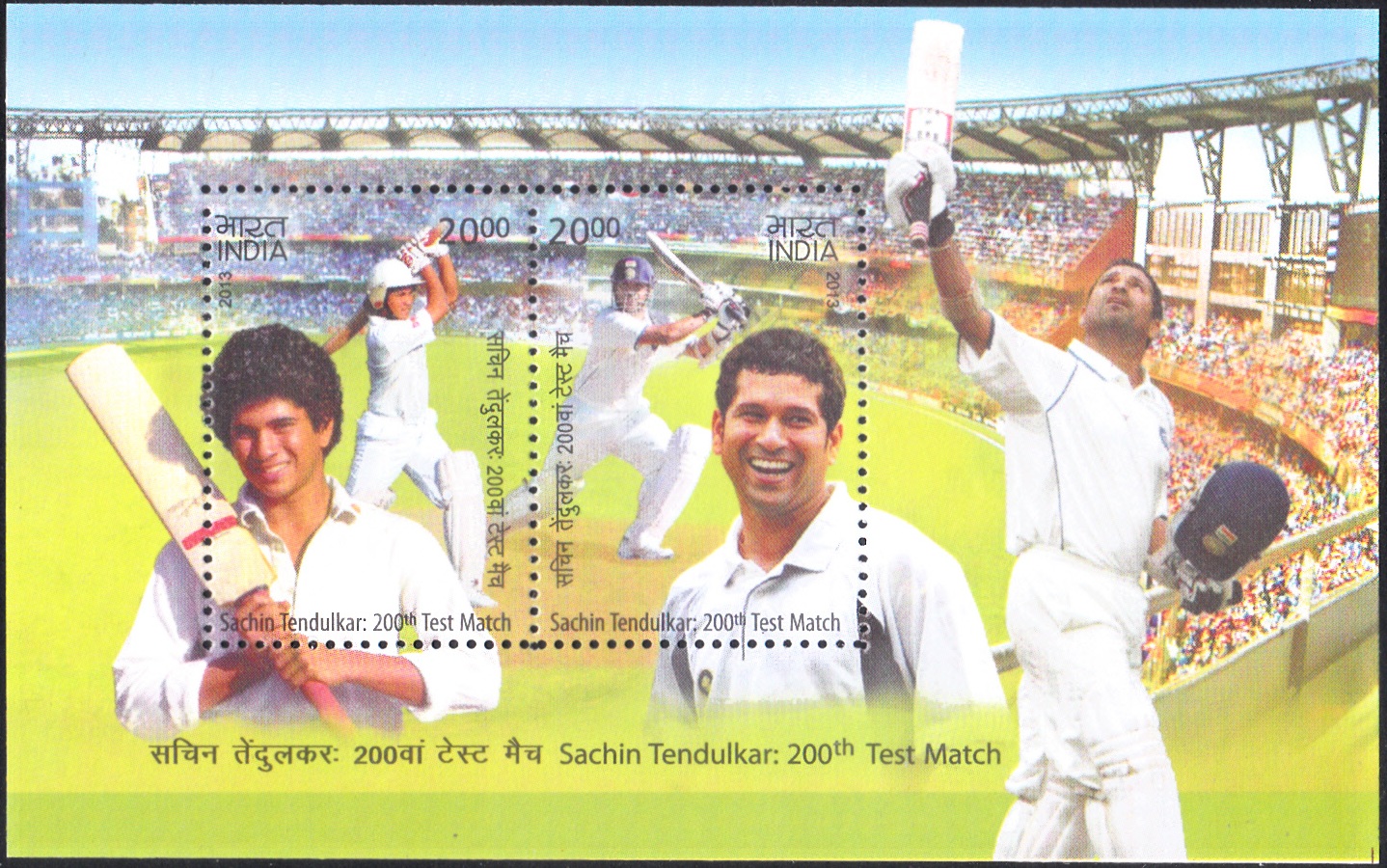
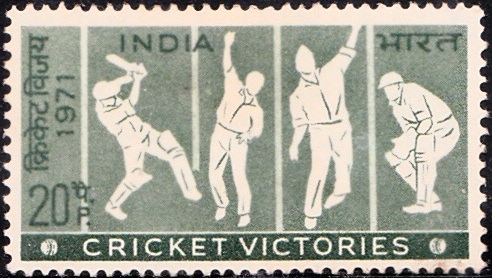
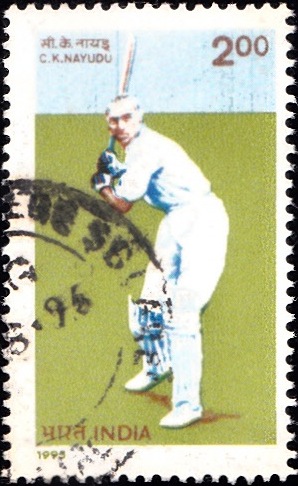
what is price of stamp
sent you a mail.
What’s the price of this stamp?